Content:
- Methods for forming a cucumber bush in a greenhouse and increasing yields
- Purpose of pruning cucumbers in greenhouses
- Basic principles of pruning cucumber bushes in a greenhouse (diagram)
- Timing of pruning cucumbers when grown in greenhouses
- Methods for pre-tying cucumbers before forming in a greenhouse (table)
- Features of pruning parthenocarpic and bee-pollinated cucumber species
- Care for cucumbers in the greenhouse after formation (table)
- Video
Mid-July is the time for the formation of cucumber bushes and the appearance of the first flowers. It's time to think about pruning plants, since the future harvest depends on this procedure. Very often, summer residents ignore it, letting the process take its course. In the garden, where there is enough space for spreading long lashes, this is not so scary. It is quite another matter in closed ground, where space is limited and every centimeter of it must be used rationally. Under this condition, the harvest in the future will depend on which scheme for trimming cucumbers in the greenhouse is chosen.
Methods for forming a cucumber bush in a greenhouse and increasing yields
Since we are talking about closed ground, methods of forming bushes related to parthenocarpic (not requiring insect pollination) hybrids will be considered. The first pruning method involves performing the following steps step by step:
- tie up a young plant 30 cm high vertically, throwing a loop of twine under 2-3 leaves and fixing its other end on the upper crossbar of the frame;
- carry out "blinding" from the soil surface to the 5th internode: remove all shoots, flowers and ovaries in the leaf axils;
- as the lash grows from this place to the point where the plant height is 1 meter, remove all future shoots, leaving only one ovary;
- then, at a height of 1 m to a point of 1.5 m, pinch the stepsons over the 2nd sheet, while leaving 2 ovaries;
- after reaching a length of 1.5 m, the shoots should be pinched over the 3rd or 4th leaf, this time keeping 3-4 ovaries.
After the main stem reaches the top of the trellis or greenhouse rung, there are different ways to proceed. The first option is to twist 2 times around the crossbar and direct the growth vector down. The pinching is carried out over 3-4 leaves, leaving 3-4 ovaries. When the hanging stem is 1 m from ground level, pinch the growing point. The tops of the lateral shoots are shortened when 3-4 internodes are formed on each of them.
The essence of the second method consists in shortening the top of the main lash when it "outgrows" the level of the trellis by 20-30 centimeters. A couple of shoots are released from its nodes, and as they grow, their tops are also shortened (each time they grow by 50 cm). On the last leaf (in the bosom), a continuation shoot is formed. Similarly to the first option, the growth of all shoots is stopped.
Purpose of pruning cucumbers in greenhouses
Without pruning, both the plant itself and future yield may suffer. Therefore, you should know how to trim cucumbers in the greenhouse. The event must be held on time in order to:
- Gather a bountiful harvest of beautiful fruits of the same size.
- To form a powerful leaf apparatus, a guarantee of obtaining a large number of fruits.
- Do not thicken the polycarbonate greenhouse space, since with uncontrolled growth, long lashes will fill it. In this case, nutrients will not be spent on fruits, but on the growth of new leaves and stepsons.
- Have access to plants to properly care for, water, fertilize and harvest greens.
- Collect all the fruits without leaving some of them unnoticed. Otherwise, they will remain hanging on chaotically growing shoots. Increasing in size, giant fruits will consume useful elements, and the growth of greens from a new ovary will stop.
- Avoid shading with the resulting thickening, otherwise the shoots can be exposed to various diseases.
- Avoid thickening to avoid uneven light distribution.
- Protect the crop from contamination from the soil, which can infect lower leaves in contact with the ground. They must be removed when trimming.
Newbies in the gardening business often wonder whether it is necessary and possible to pick leaves from cucumbers. The answer is simple: no, but you can and should cut them, because they consume the nutrition that the plant and fruits need. The leaves located on the stem from the soil up to 30-40 centimeters in height should also be removed, because they no longer provide the lash with food.
Basic principles of pruning cucumber bushes in a greenhouse (diagram)
The main purpose of pruning is the formation of a bush, in which the growth of the vegetative mass of the plant is limited for the sake of supplying maximum nutrients to the fruits. In order for pruning to justify the effort and lead to the expected result, you need to do it according to an approximate scheme, taking into account some of the nuances:
- circumcision should be carried out only in the morning and not earlier than 10 days after the plants are planted and tied;
- in order not to infect the cucumber bush, you need a sterile knife or scissors;
- cut shoots should be completely, without leaving stumps, "roll out" the ovary;
- monitor the plant and, as the stems lengthen, re-truncate excess processes and rudiments of the ovary;
- remove the processes only with scissors, and do not tear off by hand;
- after the procedure, the culture should be watered with warm water (22-26 ° C), if wounds appear, sprinkle the sections with crushed coal;
- before picking off the fruits of cucumbers, you should stock up on scissors and cut them off;
- dried brown leaves are removed every five days so as not to disrupt the circulation of moisture;
- growth should be controlled by attaching the lash to the trellis and directing the growth vector;
- plants pollinated by insects, it is advisable to form one stem;
- if after pruning the bush resembles an isosceles triangle with the base up, it means that it is cut correctly: near the soil surface, the stems are ventilated, and the main shoot is loaded gradually.
Observing the recommendations and monitoring the condition of the bush, the gardener will receive a good harvest as compensation for the labor and time spent.
Timing of pruning cucumbers when grown in greenhouses
It is impossible to determine the exact terms with the indication of dates and months, since they depend on the time of planting, the method of pruning, the variety, the climate. But the main regulator is the growth and development of the vegetative mass (leaves, stems, lateral processes). Initially, the ovary, leaves and stepsons (no more than 5 cm long) are removed on a 40-50 cm segment of the lash.It is time to cut the top of the main stem that has been lowered down when it is 1 m from the ground surface. 3-5 knots.
Methods for pre-tying cucumbers before forming in a greenhouse (table)
The first step is to decide which garter method to choose. The process of forming cucumber bushes will depend on it. There are several basic methods that are most commonly used indoors.
| Garter method | Step-by-step procedure |
|---|---|
| Vertical | 1. Fold the twine section in half. |
| 2. Fix vertically on the open side or top crossbar of the frame. | |
| 3.Attach the lower end in the form of a loop to the plant under the second or third sheet without strong tension. | |
| Vertical on pegs | 1.The prepared pegs are hammered into the ground next to the bush (you can do this before planting so as not to damage the root system). |
| 2. Tie the twine to the peg, fasten the upper end to the frame crossbar from above without tension. | |
| Horizontal | 1. Fix the main stem on the horizontal first row of wire so that the leaves do not come into contact with the soil in perspective. |
| (for low greenhouses) | 2. As you grow, twine the whips around the wire. |
| 3. Use extra pieces of cord to help the shoots reach the higher row. | |
| Mixed | 1.To direct the shoots that themselves will be located on the cells. |
| (on a trellis or polymer mesh with large meshes) | 2. Follow the direction vector. |
| 2. When the net is tilted (tent-like), guide the stems for maximum light and air access. |
Parthenocarpics (they are most suitable for a greenhouse) need access to the maximum amount of light. Being self-pollinated varieties, they do without the presence of insects and bees. It is convenient to grow bushes on a plastic net or other kind of trellis.
Features of pruning parthenocarpic and bee-pollinated cucumber species
Cropping is also necessary taking into account the nuances described above. The formation of the bush is carried out as the stem grows back. The garter of the plant is required. And pruning a bush (depending on indoor conditions) may be similar to that used for varieties pollinated by insects.
The ovary and fruits are formed from female flowers that are located on the side shoots. To increase their number (and, accordingly, yield), pinching should be carried out over a 4-5 node.
Care for cucumbers in the greenhouse after formation (table)
Forming a bush is only part of the path to a bountiful harvest. In addition to him, constant care for the cucumber culture will have to be carried out.
| Parameters | Indicators |
|---|---|
| Air temperature | - 7 days after planting + 20-22 ° С |
| - then 18-20 ° С | |
| - at 3-4 ° C, warm up the air | |
| - during the formation of the ovary should be no higher than + 18 ° С | |
| Air humidity | - when ripe, the fruit should be equal to 75-80% (by |
| hygrometer) | |
| Airing | - at temperatures exceeding 30 ° C inside the greenhouse |
| Soil condition | - add sawdust when digging, then add nitrogen |
| Excess sunlight | - cover the greenhouse with a special mesh |
| - whitewash windows | |
| Watering | - before flowering - once a week |
| - after flowering -1 times every 2-3 days | |
| Top dressing | - feed 5-6 times a summer |
| Harvesting | - fruits should be removed using garden |
| scissors or secateurs |
Everything is not so difficult, the main thing is that there is a desire to work and achieve a good result. And it will be necessary if you follow the recommendations of experienced gardeners, watch video tutorials and follow agricultural techniques.
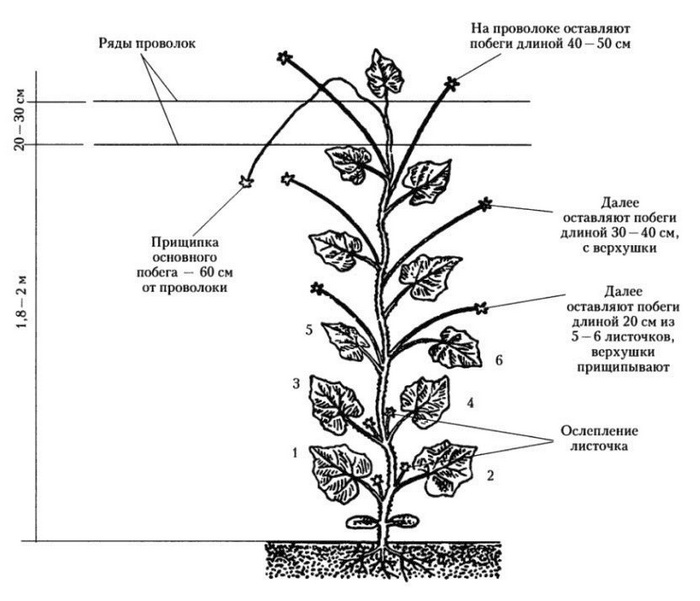

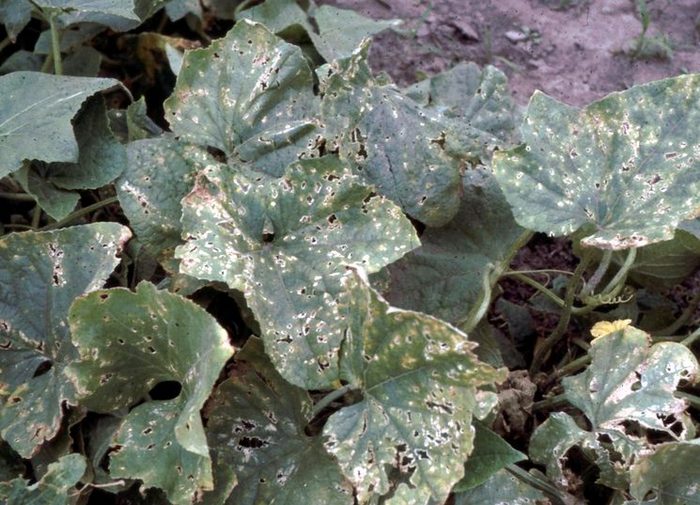
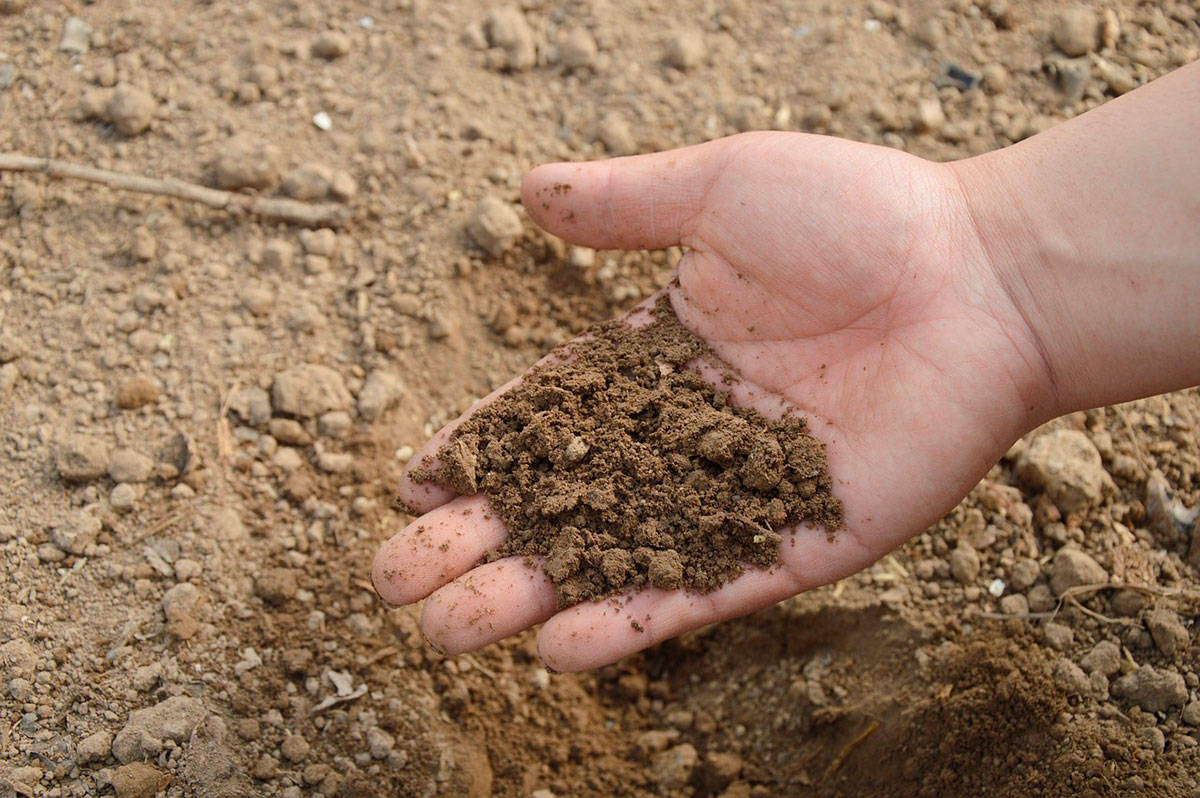
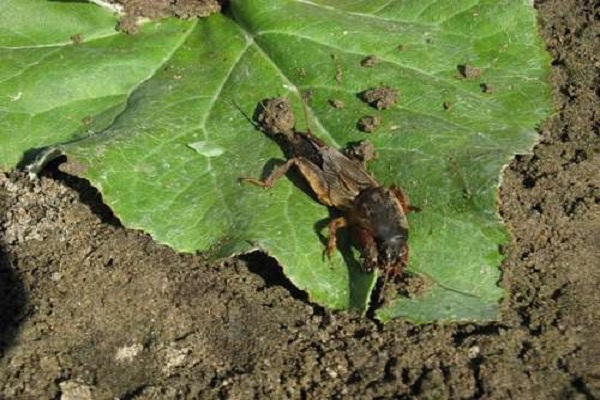
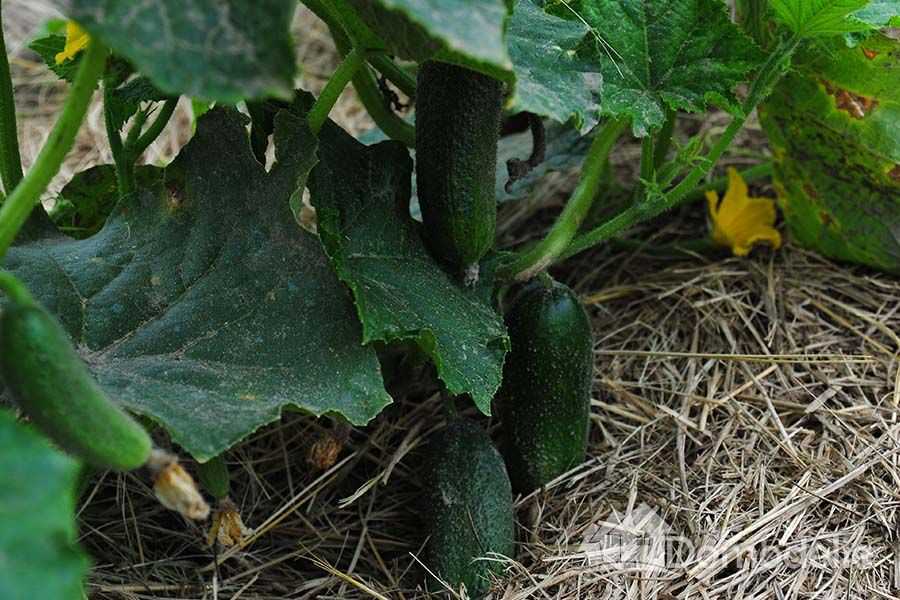
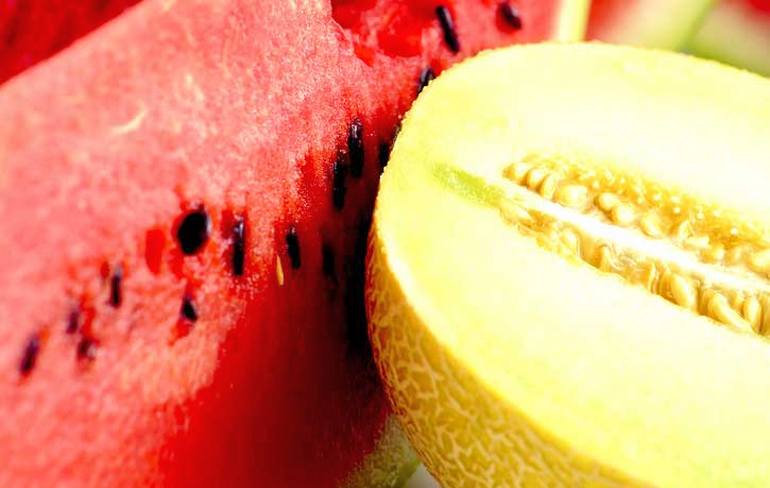
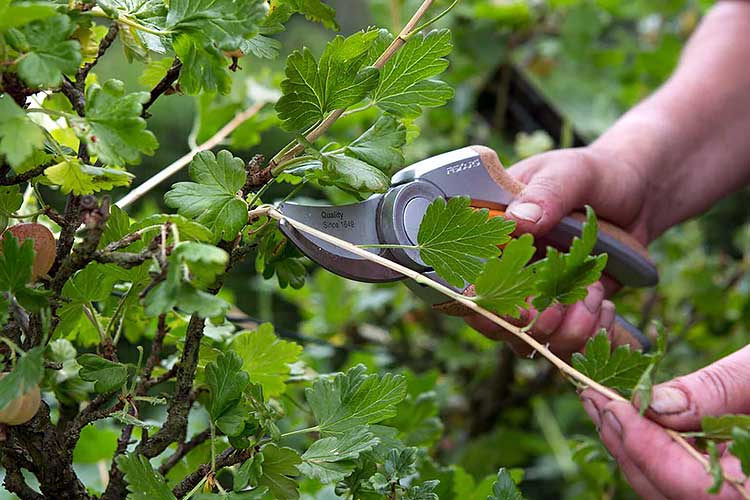







I'm going to start the greenhouse next year, the skeleton is already standing, I will grow early cucumbers, the advice came in handy, that I need to fertilize, but what needs to be dived according to a certain pattern, this is new for me!
Thank you very much for the advice, just recently bought a vegetable garden and still have no experience in gardening, but I am already learning a little and even have the first harvests of cucumbers, there is enough for food
A very informative article. We recently became summer residents, I knew about pinching tomatoes, but I had no idea about cucumbers. In the next summer season I will grow them this way. Thanks for the enlightenment